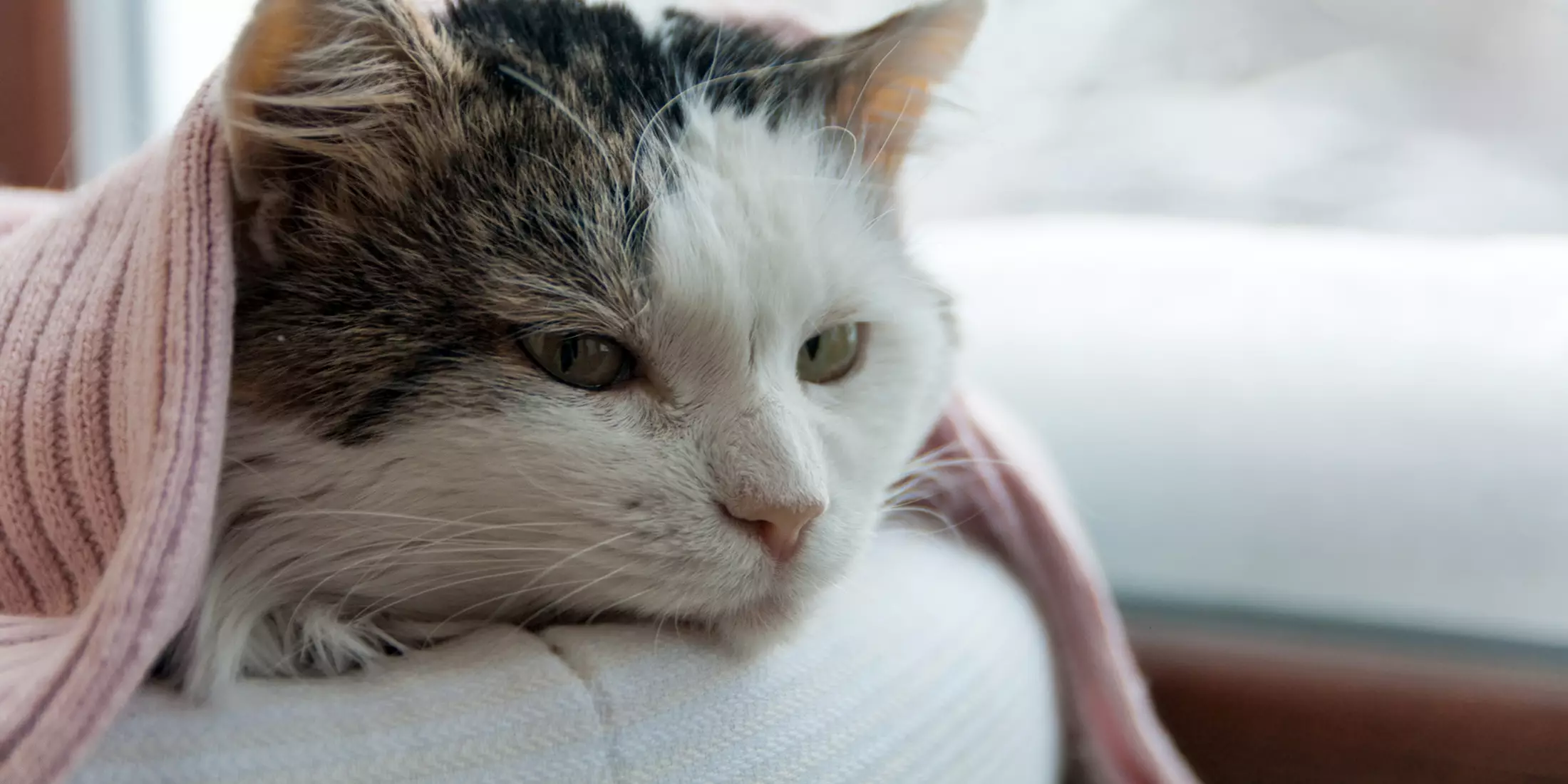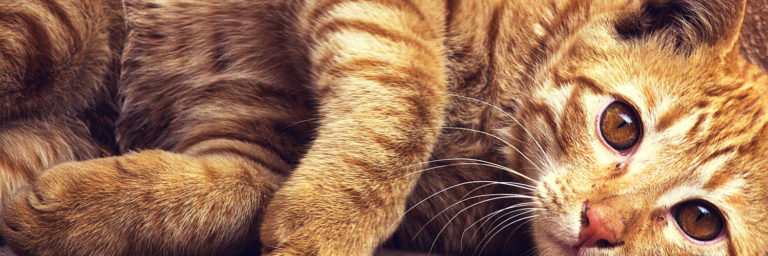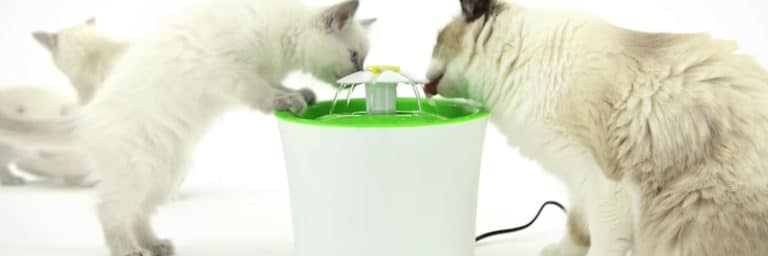Kidney Disease in Cats: Understanding Signs, Causes and Treatments
Contents of Article
Healthy kidneys are responsible for many functions, with the most notable function being to filter impurities from the blood and make urine. But any problem with kidneys can cause the loss of kidney function in your cat, besides many health problems. Kidney disease in cats can be categorized as acute or chronic. The chronic renal disease occurs with persistent loss of kidney function over months, whereas acute kidney disease develops over the course of days.
Signs of Kidney Disease in Cats
Kidneys filter blood for impurities and produce urine in the process. The urine travels through the ureter to reach the bladder, from where it is eliminated by the urethra. Unfortunately, when functional renal tissue is damaged, kidneys cannot regenerate themselves. The initial signs of renal disease show up only after the loss of at least two-thirds quarters of kidney function.
- Changes in Urination Signals Kidney Disease in Cats – More frequent urination is one of the initial signs of renal disease in cats. This may be spotted in the form of more numerous clumps in the litter box. You may spot urinary accidents here and there. Cats with acute kidney disease produce less than normal urine. With the disease progression, the kidneys may ultimately produce no urine at all.
- Increased Thirst May Be A Symptom of Kidney Disease in Cats – Renal disease in cats may cause excessive loss of water in the form of dilute urine. As a result, the cat may feel thirsty and become dehydrated. Initially, the cat can compensate the loss of water by drinking more. However, eventually, they are not able to drink enough to replace the loss of water.
- Kidney Disease in Cats Leads to Lethargy – The loss of water causes dehydration, which further results in the loss of energy. A dehydrated kitty may simply want to lie down. This means an otherwise active cat may choose to abstain from any such activities. Since kidneys can no longer eliminate urine from the body, this results in high levels of metabolic waste products in the blood. The levels of creatinine or blood urea nitrogen may increase in the cat’s blood.
- In cats suffering from chronic disease, kidneys are unable to produce enough of the hormone, which is responsible for stimulating the bone marrow and producing red blood cells. Anemia is the resulting condition, which further causes lethargy.
- Poor Appetite Indicates Kidney Disease in Cats – A cat may lose appetite due to the loss of renal function, which may cause metabolic changes in their body. The loss of appetite for a long time means cats tend to eat less and end up losing significant amounts of weight. Renal disease in cats puts them at a risk of gastrointestinal irritation and ulcers. The cat may experience such symptoms as nausea and abdominal pain, so they are less likely to eat.
- Gastrointestinal Signs Hint at Kidney Disease in Cats – Acute renal disease in cats often causes vomiting due to irritation or ulcers in their gastrointestinal tract. Some cats may even develop diarrhea. As a result, they may suffer from dehydration, which could cause constipation.
As the kidneys cannot function to their optimal best, the accumulation of waste products in the bloodstream may make cats feel sick and appear lethargic. Additionally, they may urinate in huge volumes and feel extremely thirsty. There may be the extreme loss of nutrients in the urine, resulting in the loss of appetite and abnormal metabolism. Other symptoms may include elevated blood pressure, which can further affect the functioning of other systems in their body, such as brain, eyes, and heart.
Causes of Chronic Kidney Disease in Cats
Some of the causes include:
- High blood pressure
- Exposure to toxins or metals
- immune system disorders
- Chronic urinary tract obstruction
- Congenital polycystic kidney disease
- Malformation of kidneys at the time of birth
- Chronic bacterial infections
- Infectious disease, including feline leukemia
- Abdominal trauma
However, often the exact cause of renal disease cannot be identified in cats.
Diagnosis of Kidney Disease in Cats
A veterinarian may request blood tests and urinalysis to assess the buildup of waste components in blood, which healthy kidneys filter and regulate. In a urinalysis, the concentration of urine and pH is assessed. The vet may also look for the presence of protein, bacterial infection, blood cells, or any other cells usually not found in a cat’s urine.
Urine samples may be taken from the feline’s litter box, which is packed with non-absorbent beads for this specific purpose. Urine samples may be collected through catheterization of the urethra. Another procedure that gives better results is cystocentesis, which uses a fine needle to extract a urine sample. The needle is moved into the bladder through the abdominal wall.
Imaging studies, radiographs, abdominal ultrasound, and biopsy are some other ways to diagnose renal disease in cats.
Treatment of Kidney Disease in Cats
Since chronic kidney disease compromises the functioning of kidneys, it cannot be reversed. Treatment therapies focus on reducing the accumulation of waste products in the bloodstream. It also tries to address any disturbance in the concentration of electrolytes. The cat is put on a nutritional therapy to maintain adequate hydration and address their bodily need for appropriate nutrition. All in all, the treatment focuses on slowing down the progression of the disease.
Dietary modification holds the key to treating kidney disease in cats. The therapeutic goals of treatment are reducing urinary protein loss and controlling hypertension. Dietary intervention is primarily focused on addressing anemia. Oral medication is usually administered to help a cat manage high blood pressure symptoms.
A replacement therapy is usually given to an anemic cat with renal problems. The therapy uses erythropoietin that stimulates the production of red blood cells. Research reveals that the replacement therapy with erythropoietin can improve red blood cell counts.
Prognosis
As far as prognosis of kidney disease in cats is concerned, some felines respond well to treatment. However, all cats are not as lucky. Evidence suggests early diagnosis ensure more effective treatment and the prognosis.







